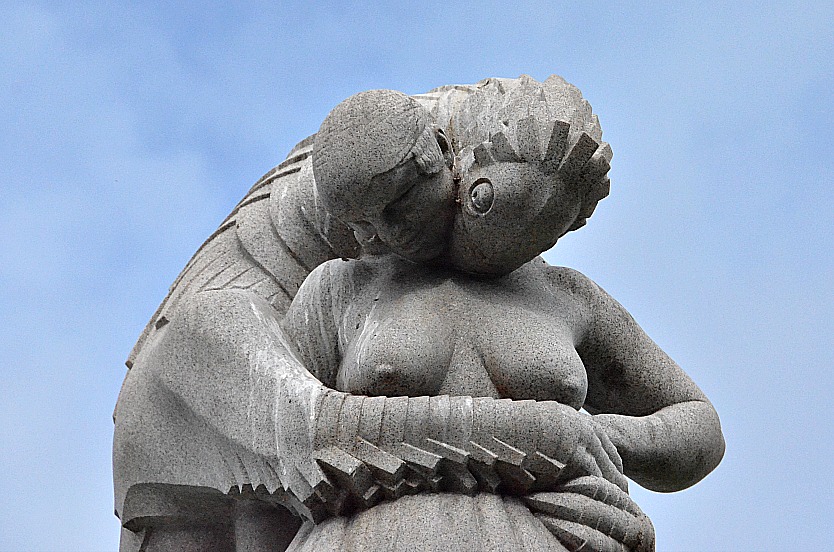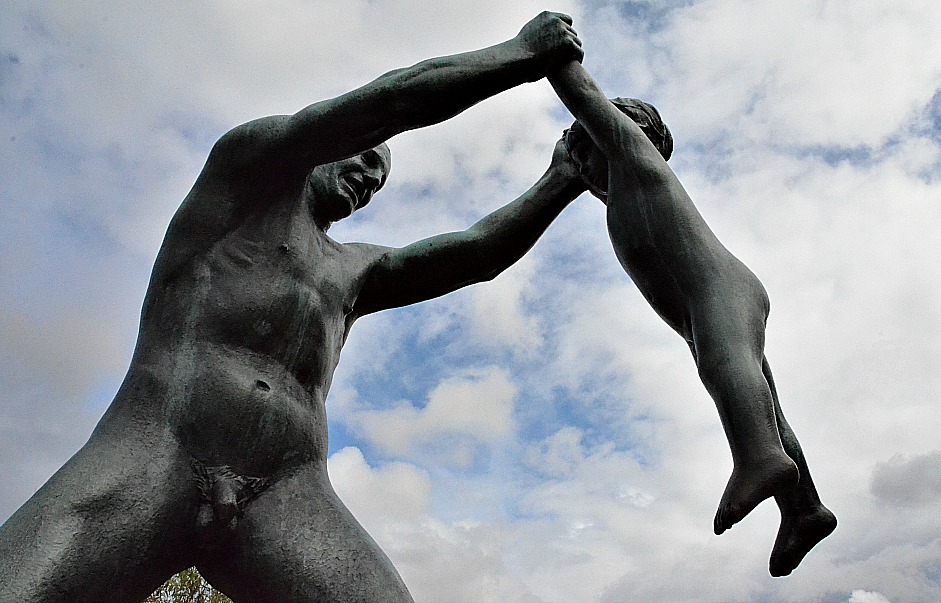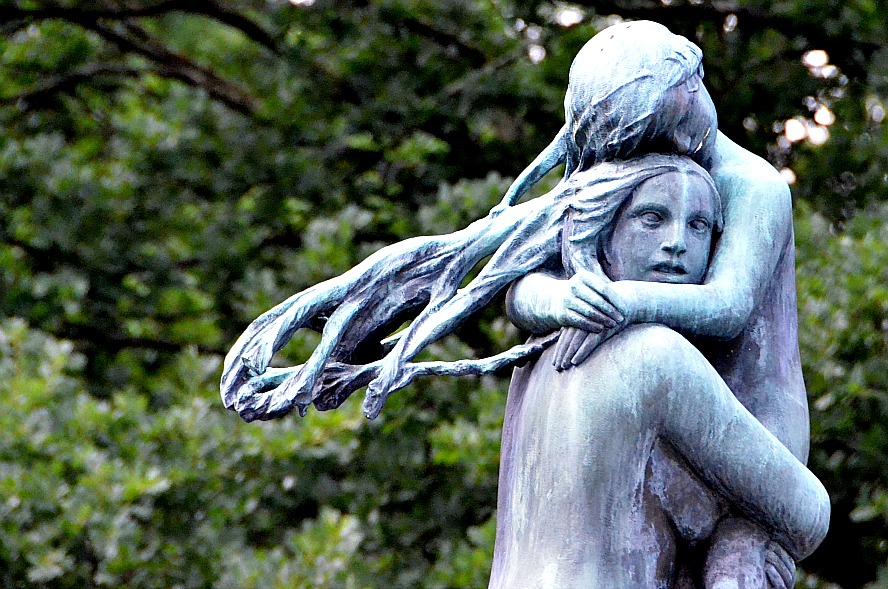When travelling into Oslo check your bank account and credit limits. It is expensive.
Catch a bus into the city...I travelled by cab and it was $Aus200+.
I'd like to call this free things to do in Oslo but everything costs money.
Oslo is very pedestrian friendly and is small enough that exploring the city by foot is a great way to see it.
There are more museums in Oslo than any other city that I have been to so I'll start the list with them.
Museums
Norsk Folkemuseum. Established in 1894 this museum has over 150 buildings from all around Norway. Locals operate shops and run the farms in this large open-air museum. Also on the grounds are a Toy Museum, a museum of social customs and clothing, a collection of buildings from old Chrisitina and an apartment building from Oslo. It's a great place to take children and deserves at least a half day to see everything properly.
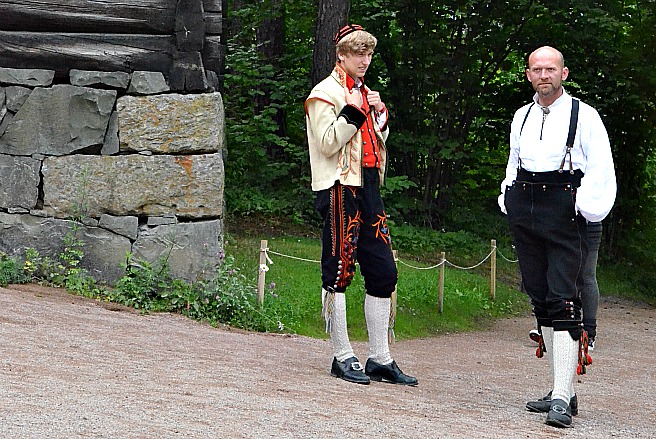
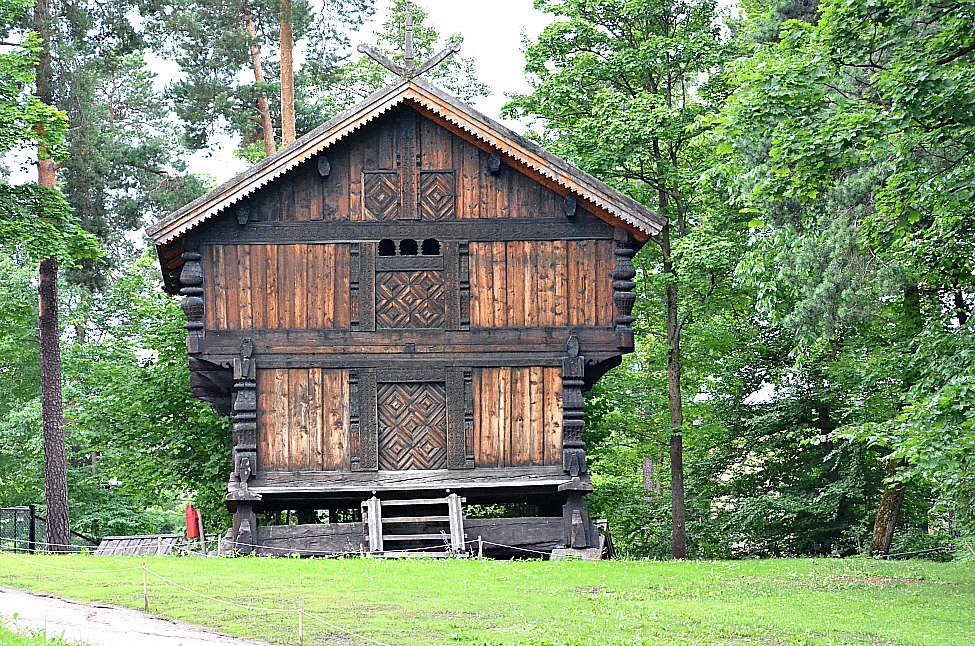
.jpg.aspx)
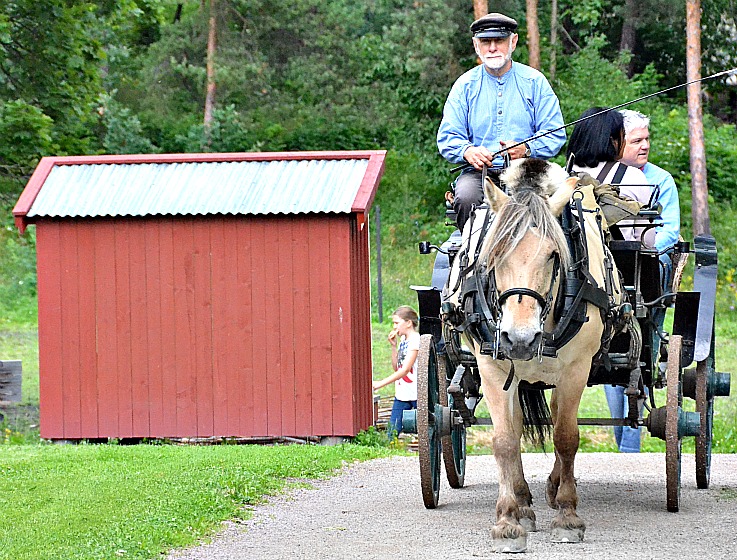 The Munch Museum
The Munch Museum
The Munch Museum was opened in 1963 to house an incredible collection of paintings, drawings and etchings by Edvard Munch. And yes The Scream is there but there is much more to Munch than that.
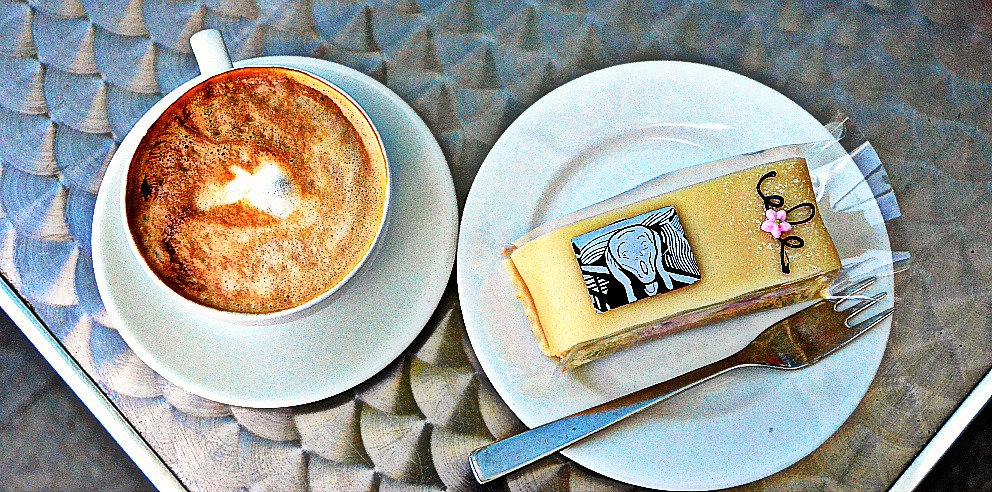
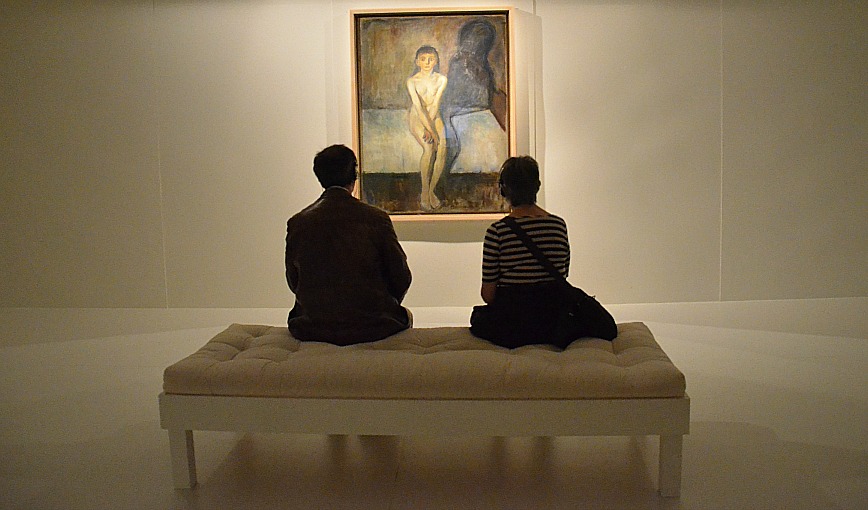
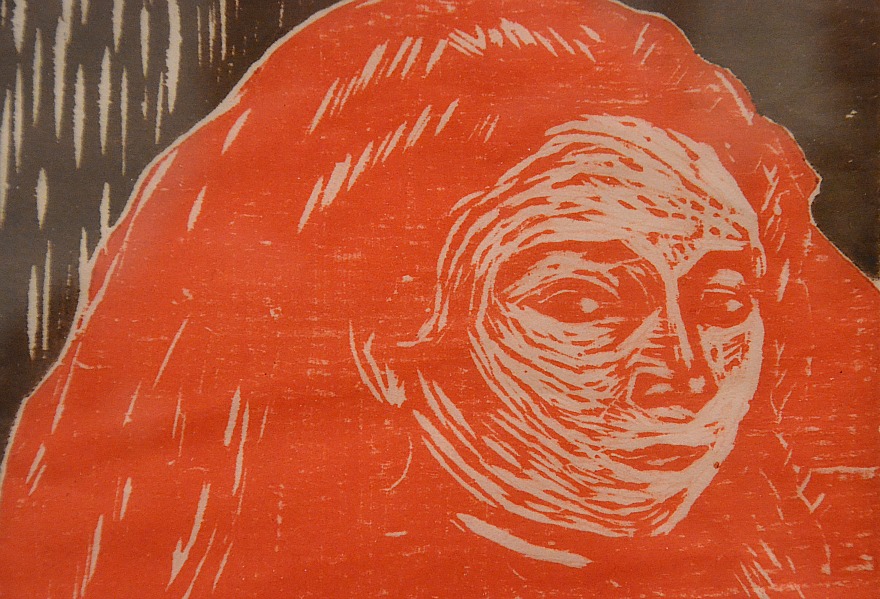
If you're into boats there are the
Viking ship, Norwegian maritime, The Kon-Tiki and Polar Ship FRAM Museums.
This are all grouped in the Bygdahus area.
Some of the other museums are the Museum of Decorative Arts and Design, The Film Museum, the Armed Forces Museum, the Museum of Architecture, the Museum of Architecture, the Resistance Museum, the Museum of Contemporary Art, the Ibsen Museum, the Oslo City Museum, the Vigeland Museum, the Historical Museum and the International Museum of Children's Art.
Oslofjorden
Oslo is surrounded by picturesque villages and scenic islands and the best way to see them is from the water. The fjord is criss-crossed by ferries or you can take a tourist boat. Most of the boats leave from the piers at Radhusbrygge Street on the waterfront.
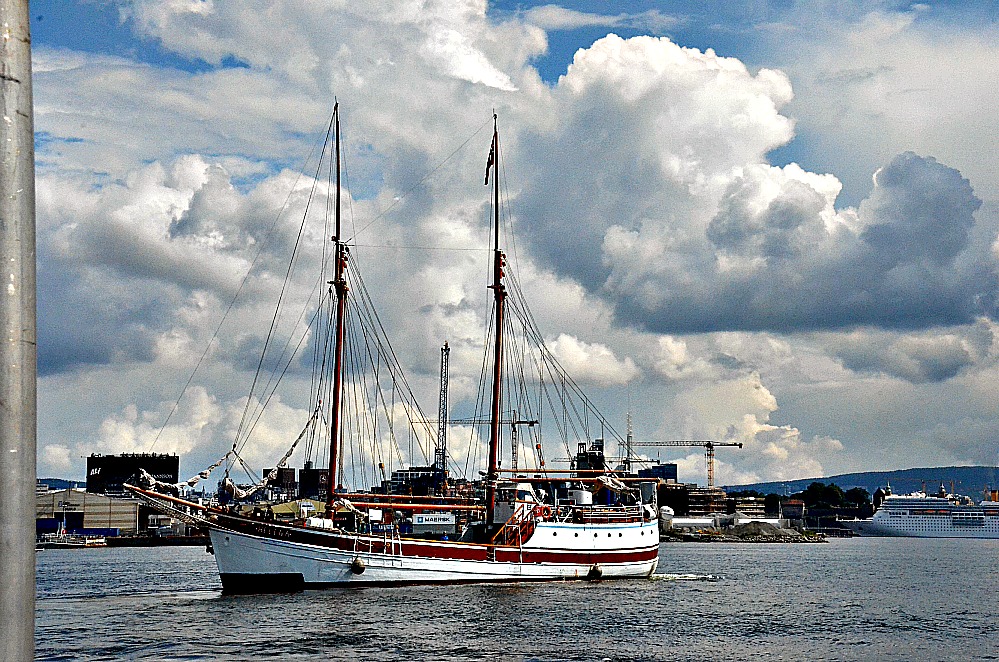
 Karl Johans Gate
Karl Johans Gate
Oslo's busiest thoughfare is anchored at one end by the Royal Palace and at the other end with a pedestrian only shopping strip. It's full of restuarants and cafes that spread out into the parkland in front of the Stortinget (Norway's National Assembly). It's a wonderful place for a glass of wine and people watching.
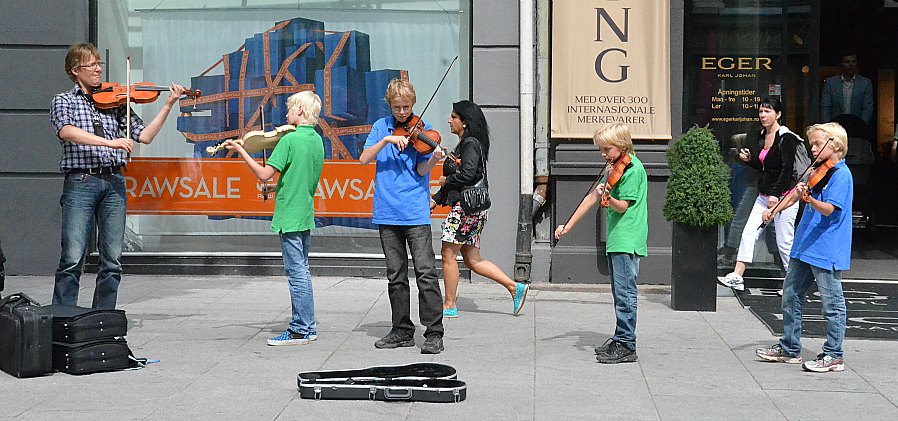
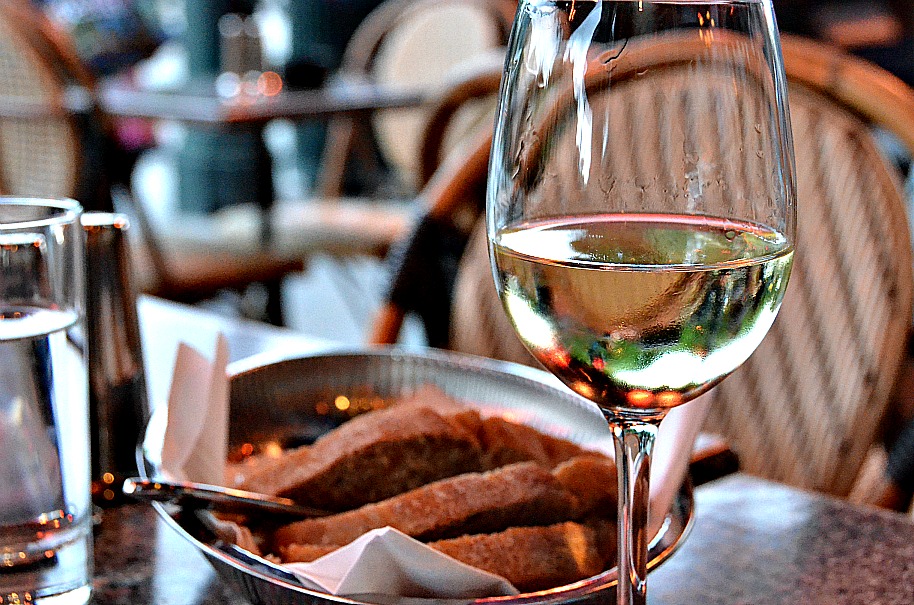 Akershus Fortress
Akershus Fortress
For 700 years, from it's stunning location from the top of a hill overlooking Oslofjorden, the fort has been protecting Oslo. Today it is an interesting complex of museums, historic buildings, defence installations and is the principle venue for government dinners and functions.
It has spectacular views across Oslo and the fjord.
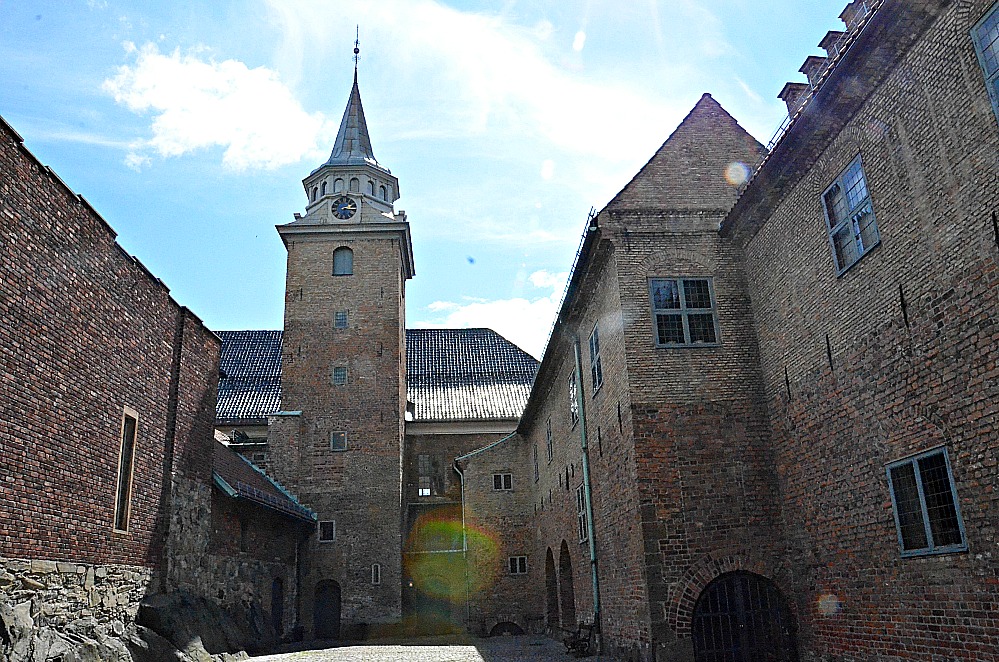
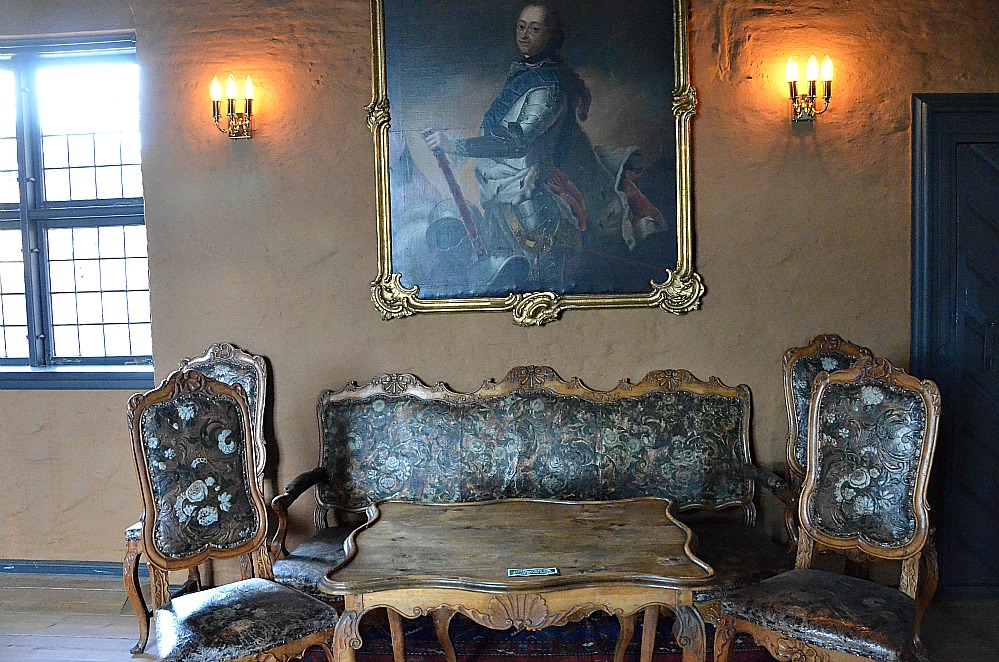
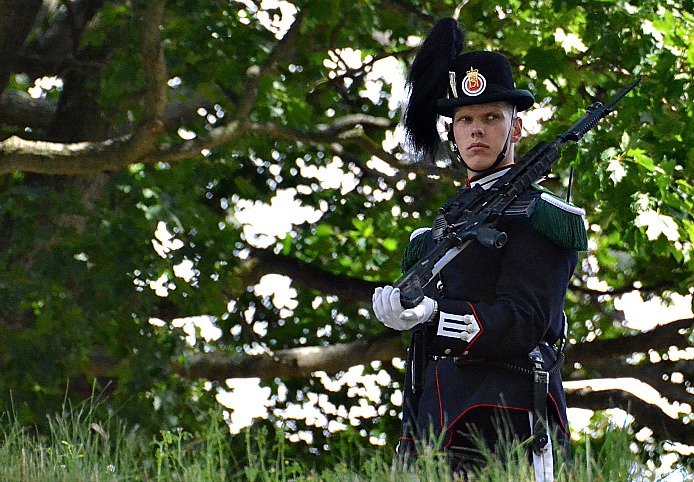 Aker Brygge
Aker Brygge
If you are interested in inner-city redevelopments this area is a must. Up until 1982 Aker Brygge was a shipyard on prime land next to the city centre on the harborfront. It is now a vibrant dinning, shopping and residential area. Modern architecture and the original shipyard warehouses merge to form an attractive urban destination.
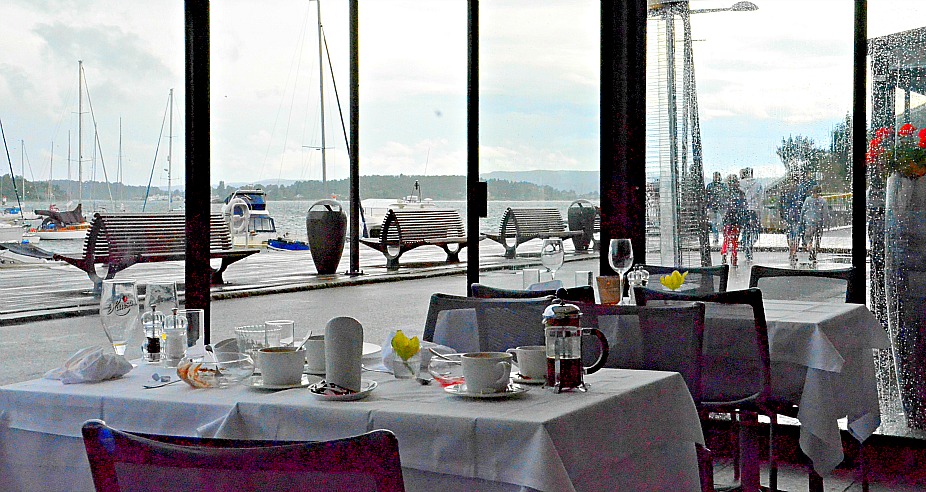
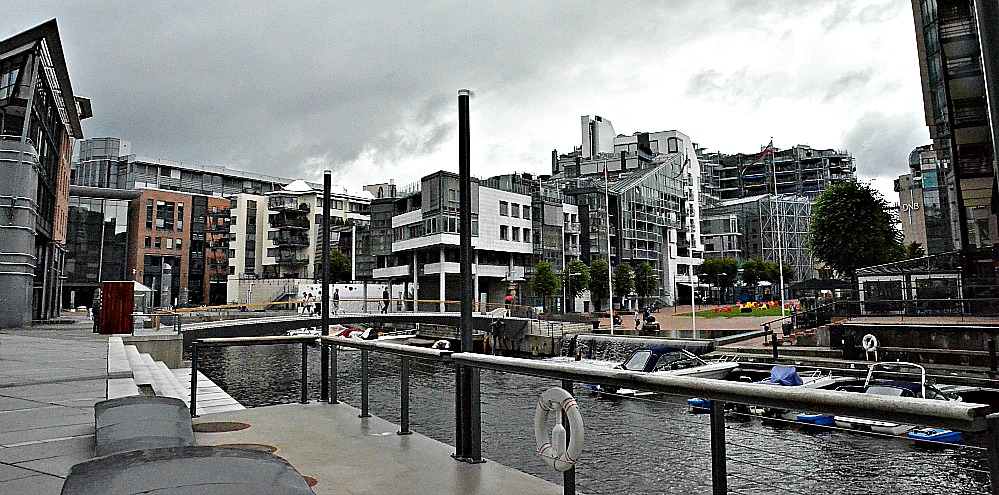 Oslo Domkirke
Oslo Domkirke
The Oslo Cathedral was begun in 1694, it has been added to and renovated in different styles up until 1963. It is an interesting amalgam of Baroque, Neo-Gothic and contemporary architecture and design. The different styles of stained-glass motifs are worth noting.
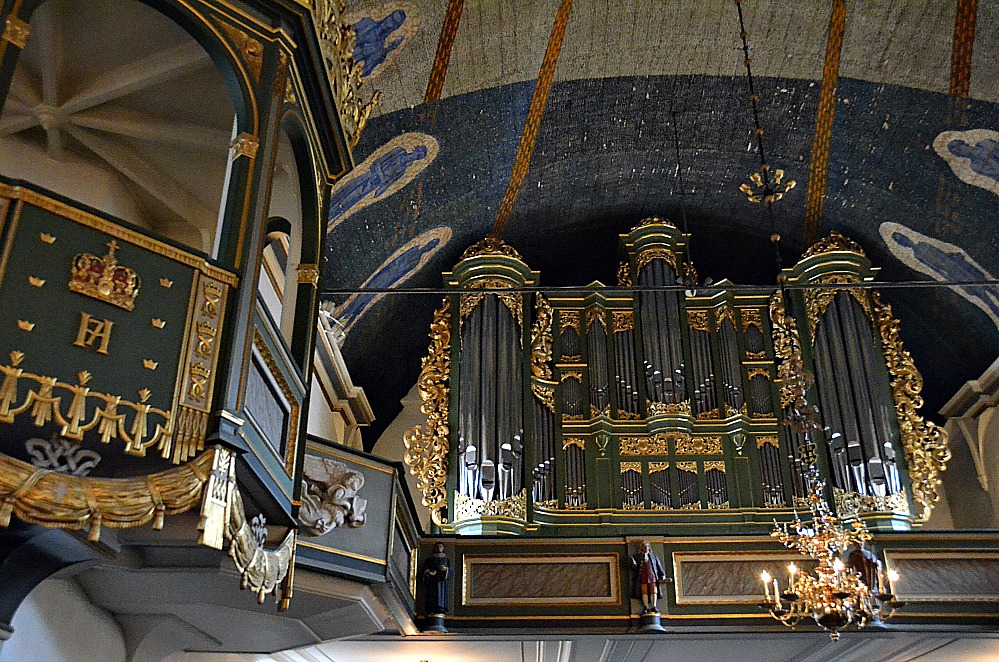

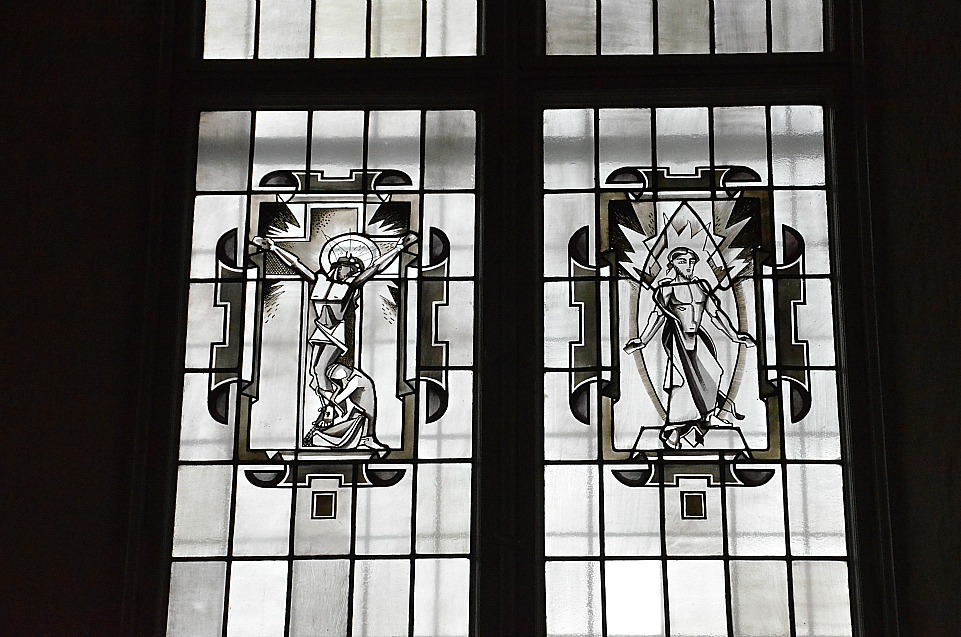 Vigelandsparken
Vigelandsparken
Oslo's largest park is devoted to the work of the sculptor, Gustav Vigeland. There are 212 sculptures and fountains dedicated to the circle of life. The park also has a great view over Oslo. The park can be reached by public transport of by a very expensive taxi.
